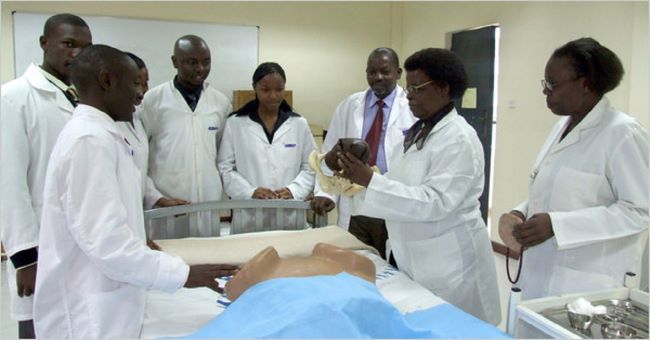Privacy Overview
This website uses cookies so that we can provide you with the best user experience possible. Cookie information is stored in your browser and performs functions such as recognising you when you return to our website and helping our team to understand which sections of the website you find most interesting and useful.


















23, August 2023
India becomes first nation to land spacecraft on Moon’s south pole 0
India on Wednesday made history when its Chandrayaan-3 lander successfully touched down on the Moon’s south pole, thought to be a potential source for water and oxygen, days after Russia’s mission failed.
The Indian space agency launched the rocket on July 14, blasting off from the country’s main spaceport in the southern state of Andhra Pradesh.
The Moon landing is a historic moment for the world’s most populous nation, as it rapidly closes in on milestones set by global space powers.
Chandrayaan-3, which means “Mooncraft” in Sanskrit, touched down shortly after 6pm India time (1230 GMT) near the little-explored lunar south pole.
A previous Indian effort failed in 2019, and today’s success comes just days after Russia’s first Moon mission in almost 50 years, destined for the same region, crashed on the lunar surface.
K. Sivan, the former head of the Indian Space Research Organisation (ISRO), said it had made corrections after the failure of four years ago, when scientists lost contact with the previous lunar module moments before its slated landing.
“Chandrayaan-3 is going to go with more ruggedness,” he said prior to the successful landing. “We have confidence, and we expect that everything will go smoothly.”
The mission was launched nearly six weeks ago in front of thousands of cheering spectators, but took much longer to reach the Moon than those of the Apollo missions in the 1960s and 1970s, which arrived in a matter of days.
India is using rockets much less powerful than those the United States used back then, meaning the probe needed to orbit Earth several times to gain speed before embarking on its month-long lunar trajectory.
The spacecraft’s lander, Vikram, which means “valour” in Sanskrit, detached from its propulsion module last week and has been sending back images of the moon’s surface since entering lunar orbit on August 5.
A day ahead of the landing, the ISRO said on social media the landing was proceeding on schedule and that its mission control complex was “buzzed with energy and excitement”.
“Smooth sailing is continuing,” the agency posted on X, formerly known as Twitter.
India has a comparatively low-budget aerospace programme, but one that has grown considerably in size and momentum since it first sent a probe to orbit the Moon in 2008.
The latest mission comes with a price tag of $74.6 million – far lower than those of other countries, and a testament to India’s frugal space engineering.
Experts say India can keep costs low by copying and adapting existing space technology, and thanks to an abundance of highly skilled engineers who earn a fraction of their foreign counterparts’ wages.
In 2014, India became the first Asian nation to put a satellite into orbit around Mars and is slated to launch a three-day manned mission into Earth’s orbit by next year.
‘Very, very important’
Sivan, the former ISRO chief, said India’s efforts to explore the relatively unmapped lunar south pole would make a “very, very important” contribution to scientific knowledge.
Only Russia, the United States and China have previously achieved a controlled landing on the lunar surface.
If successful, it would have beaten Chandrayaan-3 by a matter of days to become the first mission of any nation to make a controlled landing around the lunar south pole.
But the Luna-25 probe crash-landed on Saturday after an unspecified incident as it was preparing for descent.
Punishing sanctions since the outset of the war in Ukraine have affected Russia’s space industry, which has also been beleaguered by corruption and a lack of innovation and partnerships.
Source: Reuters